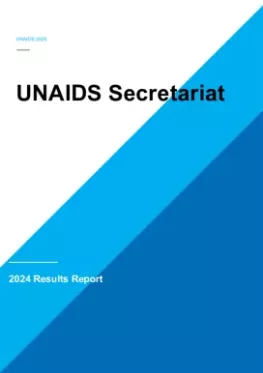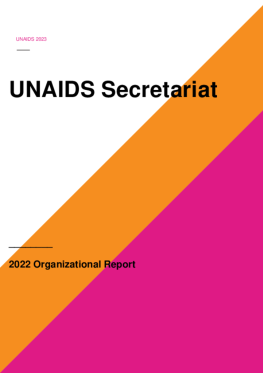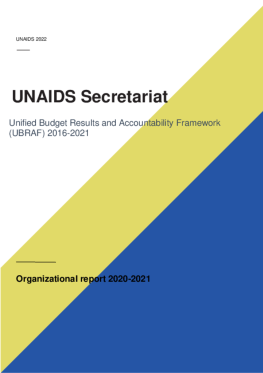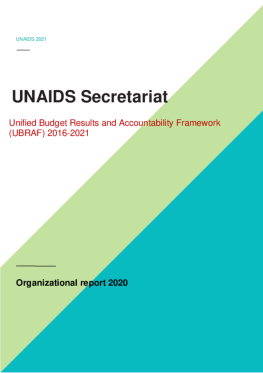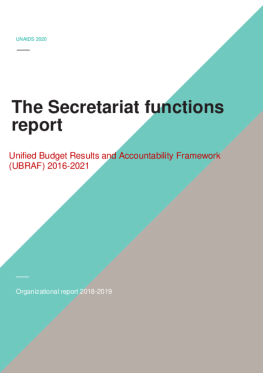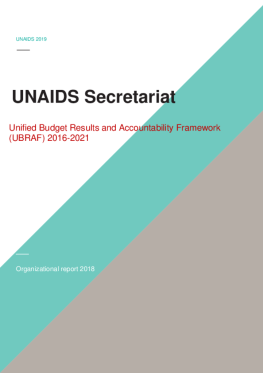The UNAIDS Secretariat, in concert with Cosponsors, drives the global HIV response and mobilizes political commitment and resources. It ensures coordinated strategic focus, effective functioning and accountability across the Joint Programme’s work to support countries and communities in reaching the objectives and global AIDS targets of the 2021–2026 Global AIDS Strategy and the 2021 UN General Assembly Political Declaration on HIV/AIDS.
Using an inequalities lens, the UNAIDS Secretariat advocates for global health and social justice including equitable access to HIV services, empowers communities and improves the enabling environment and the sustainability of the HIV response.
Various Secretariat Functions detail the core role and responsibilities of the Secretariat to deliver results through contributing to all Result Areas to achieve the Joint Programme three outcomes (as defined in UNAIDS Unified Budget, Results & Accountability Framework (UBRAF) and save lives in collaboration with convening Cosponsors according to the UNAIDS Division of Labour.


